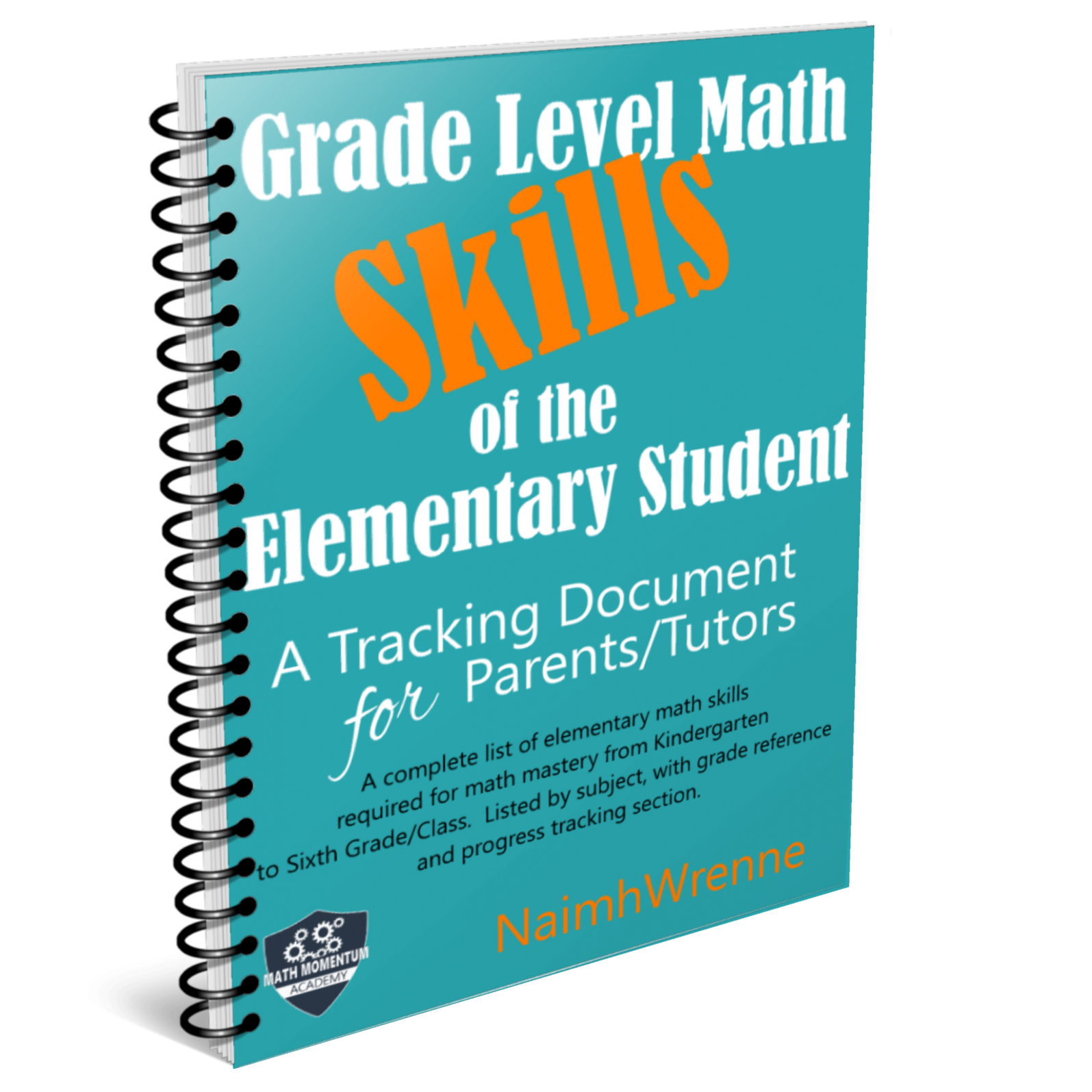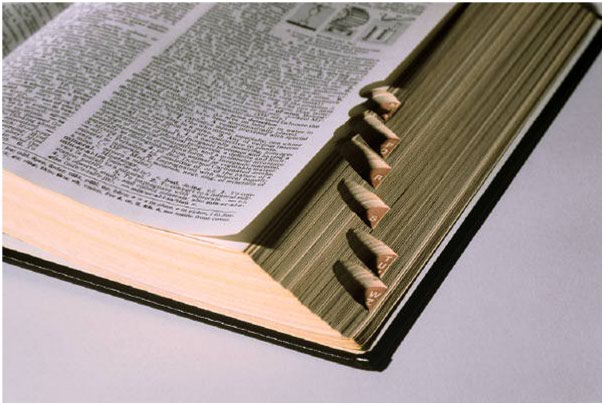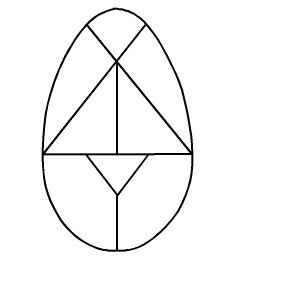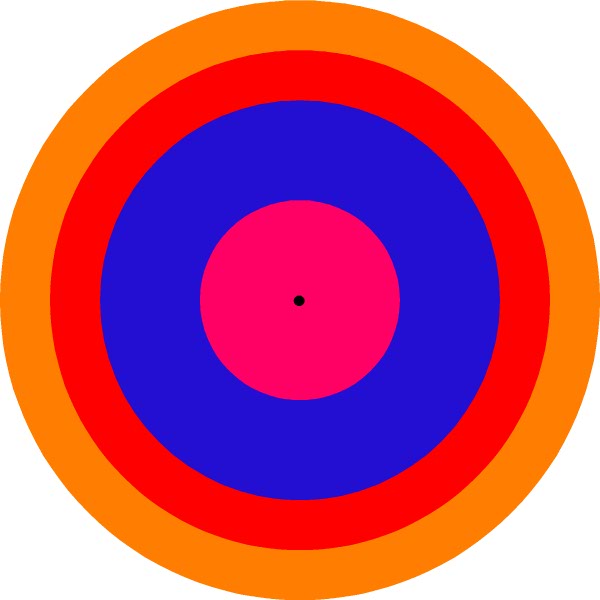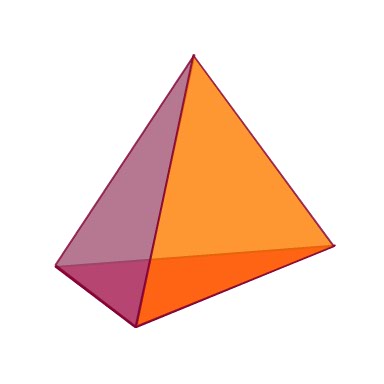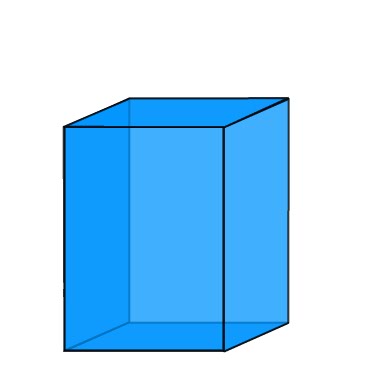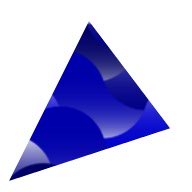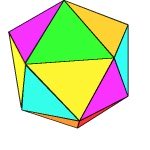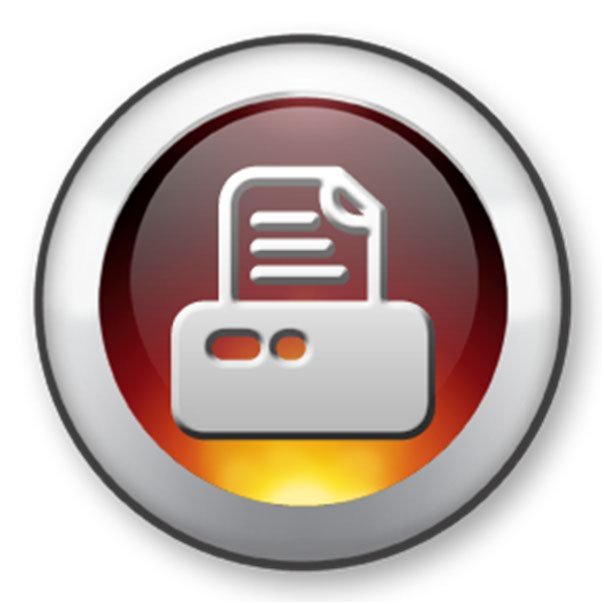The Septagon, from recognition to construction.
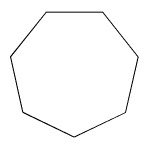
The Septagon (also known as the heptagon) will be introduced to your student around the third grade. More for recognition purposes than anything else. In general after the Pentagon, Regular Polygons with an ODD number of sides are not studied in too much detail by the elementary math student.
The connection that will be required between the Septagon, and the previously studied pentagon and hexagon, is in calculating the area. Your child should start to see the pattern that evolves in the formula for ALL regular polygons.
5 Stages to master any shape
The five steps detailed bellow take you from basic identification all the way through to taking a detailed look at the theorems involving the square shape.
These steps also include 'pit stops' to complete fun geometry projects and coloring sheets.
These are nice 'breathers' on the learning curve, but they are excellent ways of reinforcing the new knowledge in ways that your kid can get a real life, hands on approach to understanding the basic geometry concepts included.
Okay, so let's get started ...
Stage 1 - Identify
How do we know what we look at is a Septagon?
A Septagon is identified by the number of sides it has.
It has SEVEN sides.
A Regular Septagon is identified by a combination of the number of sides to the shape, the length of the sides AND the size of its angles.
A Regular Septagon has Seven Sides equal in length ... and Seven Angles equal in size.
Once your child is comfortable with how to recognize this shape, offer them a shape worksheest to see how they get on with identifying it.
Stage 2 - Calculate Area and Perimeter
Area

To find the area of a Regular Septagon we must know two things:
1: The length of one side and,
2: The perpendicular distance from the center of the septagon to one of its sides. (In 'math speak' this perpendicular distance is known as the APOTHEM!)
In my diagram I have included 2 (there is a total of 7 in a septagon) and these are the blue lines. You can also see that these Apothem's are in fact the radius of a circle inscribed in the septagon (constructed in green)
The Area of the septagon is calculated by first finding the area of one of the Isosceles Triangles created by one side of the septagon, and two lines constructed from the center point to each vertex. Then you multiply this answer by 7, as there are seven of these triangles in a septagon.
These construction lines are in Orange in my diagram.
Step 1: Area of Isosceles Triangle
Area of any triangle is half its base multiplied by it perpendicular height. In this case:
1/2 a r
Step 2: Multiply by 7
We have 7 of these triangles in the septagon, so to get its area, we must get the area of ALL seven triangles.
7 1/2 a r
7/2 a r
Permieter
The Perimeter of ANY shape is simply the sum total of all the lengths of the shape - and a septagon is no different.
The perimeter of a septagon is 7 times the length of one of it's sides.
Stage 3: How to construct a Septagon
To complete this, you will need a ruler, pencil, compass, and a blank piece of paper!
Step 1: Draw a straight line lightly using your ruler and pencil on your paper. - This is what we call a construction line.
Step 2: Indicate on this line, one point - this point will be the first of the seven vertices.
Note: We know that the seven angles of any regular septagon are equal in size. Each of the 7 triangles that create the septagon have an angle of 360/7 (this is the angle at the center of the circle) = 51.43
This tells us that the other two angles (they are isosceles triangles) equal 180 - 51.43 =128.57 - This is the internal angle of a Septagon.
So each angle is 128.57 degrees
Step 3: Using your protractor, find the point at 128.57 degrees to your first line using the point you indicated as the base, mark it, and draw another construction line.
You now have two lines of your septagon.
Step 4:Using your ruler, measure the length of your septagon side on BOTH of these lines, and mark with a point.
Step 5: Using these new points, repeat Step 3: until you have completed your septagon shape.
Step 5: Your septagon is the shape contained between the seven points of intersection of these seven lines.
Step 6: Using a heavier line connect the seven points to finish your construction.
A quick check to ensure your septagon is accurate, is to measure all side lengths with your ruler. If you have done it correctly
all sides will measure the same!
A quick check to ensure your square is accurate, is to measure all side lengths with your ruler. If you have done it correctly all sides will measure the same!
Stage 4: Relationship to 3D-Shapes
The 3d Figures a Kindergarten through sixth grade student is most likely to deal with are the Septagonal Pyramid and the Septagonal Prism. However a point to note here, is that it is not likely that these three dimensional shapes will be studied at all. This is probably due to the awkwardness of the angle of measurement and long decimal calculations.
It is far more likely that the pyramids and prisms studied will be the pentagonal, hexagonal and/or octagonal.
Stage 5: Geometric Coloring
The use of coloring sheets allows your child to start experimenting with different shapes. A great first step is to encourage your child to color in shapes adjacent to each other with the same color, until their shape starts to look like 'something'.
Perhaps that something will be a rectangle or a house. By doing this, your child will start to realize the connection between the shapes.
You will find some nice free geometric coloring pages to download here.
Return from the trapezoid to our Polygon Section.or our Quadrilaterals Section.
I am sure you will find all the information and worksheets you need here, however if there is anything you cannot find please don't hesitate to contact me or simply visit the MathMomentumCommunity and join the conversation!
I love to hear from my readers, and with a little feedback and a few suggestions I can make this a great resource for parents, teachers and tutors alike.
Be sure to explore everything on this site starting at the home page.

